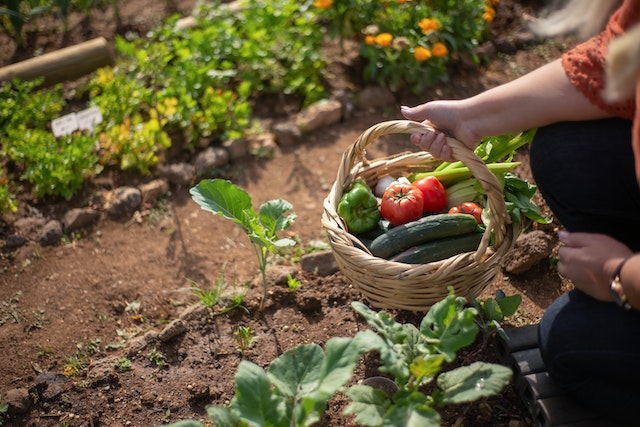For many backyard horticulturalists, there’s one question that often needs answering. Can you keep a vegetable garden going all year round? The short answer? Yes, but you may need to make some changes to your existing setup in order to make it work.
What To Plant
It’s reasonably common knowledge that many plants are seasonal, with varying crops during the spring, summer, autumn and winter months. Although there are some exceptions – some are covered below – if you want to plant some of these seasonal plants you’ll either need to rotate what plants are in your vegetable gardens or leave parts of your garden bare for some months of the year.
Spring and Summer
Spring gardening tends to focus on plants that thrive with regular watering and through long exposure to the sun.
Beans
There are two types of beans, bush and pole. Beans yield throughout the year, although they tend to die down during periods of frost and tend not to. For best results, begin planting in late April and plant a new row of beans every 2 weeks.
Carrots
Carrots are tough plants that enjoy moisture in the soil, particularly in the early days of their germination. The best time to plant carrots is at the tail end of winter, around three weeks before spring – or in any long stretch of cool weather. Although they won’t emerge within the winter, by early spring you should have a crop of carrots ready to harvest.
Cucumber
Cucumbers thrive in hot weather, requiring a considerable amount of warmth and sunlight in order to survive. These plants need to be watered regularly, and although they can be grown outside of summer the long summer days of direct sunlight encourage the best results.
Peas
Like carrots, peas enjoy cool weather, although they are not quite as hardy as plants like carrots. It’s usually safe to plant them in the last two weeks of winter, with another crop planted every two weeks thereafter just like beans. Peas can be planted and harvested like this until the early weeks of summer.
Zucchini
A type of squash, the Zucchini is particularly suited for the spring and summer months. The earliest you can plant them is typically one week before spring, however, you’ll need to harvest them relatively early during summer as the scorching heat can be a problem for them.
Autumn and Winter
If you’re thinking of tackling winter veggie gardening the first thing to know is that for many of the crops we’ve mentioned already, there are winter variants that thrive in the colder seasons.
Beets
Beets require only a little warmth, a little sun, and good watering to thrive. You can begin planting in late autumn, and planting a row of beets every three weeks should ensure a continuous yield throughout the winter months.
Spinach
Another cold-weather plant is Spinach, and this one is particularly resilient to frosty conditions. Planting a row every two weeks in the autumn months should ensure a continuous yield throughout winter.
Winter Squash
The winter squash enjoys conditions similar to that of the zucchini, making an excellent plant to switch between from one season to the other. However, unlike the zucchini which should be harvested relatively early, the winter squash takes a long time to ripen and should only be harvested once it has reached full maturity.

All Season
Lettuce
Although it does need to be protected over the summer, lettuce is a crop that can be cultivated year-round. There are many kinds of lettuce, and multiple harvests can be obtained throughout the year.
Radishes
An incredibly resilient plant, a healthy batch of radishes can be planted and harvested every three weeks all year round. So long as the soil is kept consistently moist they will thrive even with less than optimal sunlight.
Kale
Another highly resilient plant, Kale can be planted and harvested all throughout the year – even during summer so long as they are protected from the scorching heat. Filtering sunlight and keeping them warm instead of hot can be key, but Kale also thrives in periods of frost – often tasting better as a result.
Keeping It Thriving
Each plant does have different needs, so if you’re going to keep it thriving you’ll need to carefully consider each crop’s needs in terms of fertiliser, sunlight and water. For best results, you might want to section each part of your garden for each plant, but if you’re constantly rotating plants in the same garden you’ll need to pay close attention to the nutritional needs of your plants to ensure they’re getting the right amount of sunlight, water and nutrients in the soil.

